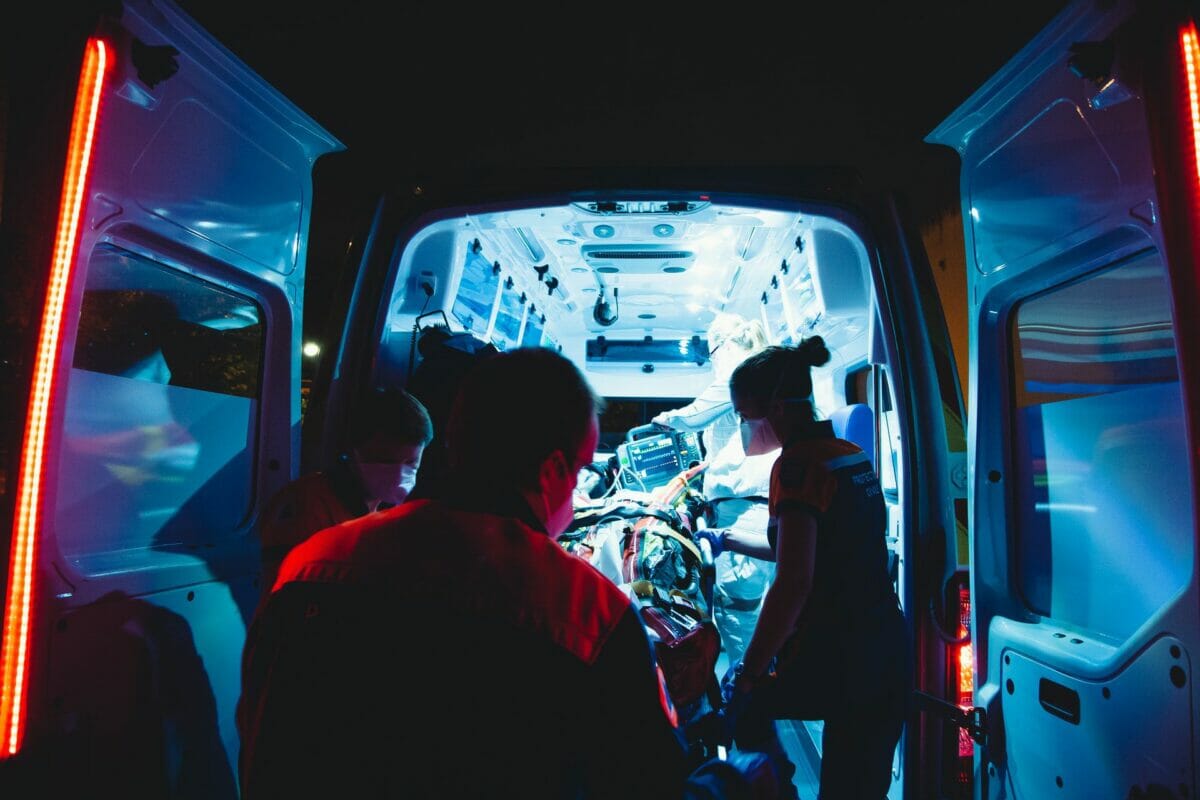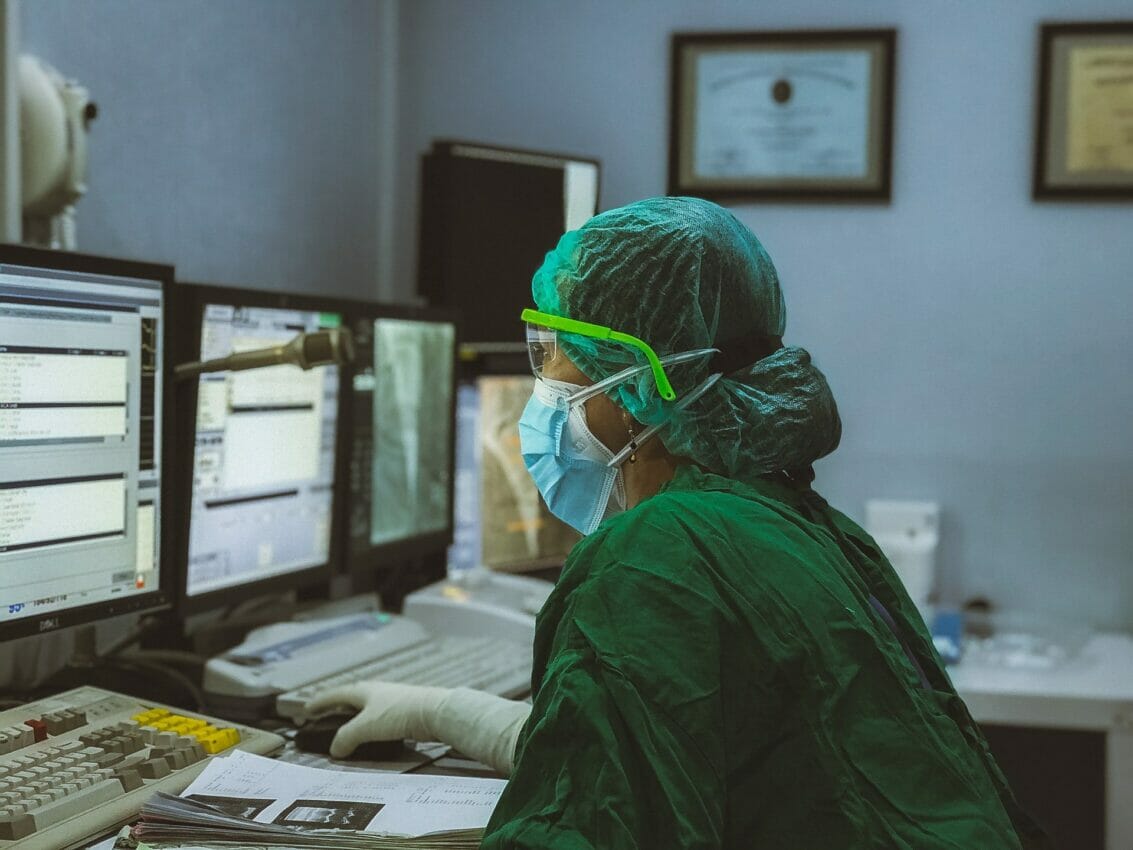Every industry needs a solid and reliable physical security system to protect them from threats, and the medical industry is no exception. In order to maintain a strong security system, technologies must change from time to time to combat new threats, and the medical industry is again at a point where change is necessary.
Lately, there has been a rise in physical and cyber security attacks. There have been more acts of physical violence against medical staff. As well, over 90% of healthcare organizations reported a minimum of one cyber breach in the last three years. Security in the medical industry needs to be updated and brought into the modern world.
Converging physical security with cyber security is essential to reducing these statistics. Other recommended updates include adopting new technology and integrating it with existing technology. There are many ways that you can bring your medical organization into the modern world and compete with growing threats.
How Can You Update Your Physical Security System?
Physical security practices exist to protect the contents of a building, whether that is people or sensitive data. It is integral in ensuring that your medical facility can operate safely and adequately. To maintain proper security, you need to be prepared to continually update your security and pay attention to trends that are revolutionizing the medical industry.
Protect Your Sensitive Data
One of the greatest tasks in the medical industry is to protect patients’ sensitive data, and it is no small task. It is vital that you have the security systems in place to protect patient data. Access control and video security are essential tools to safeguard any space that houses sensitive data.
Many different access control systems can protect your facility, and most of them now use the cloud to offer keyless access solutions. Some entry systems allow you to use multiple forms of credentials, including physical and virtual keycards, key fobs, and passcodes.
Keyless entry systems offer a more secure solution to accessing restricted areas and ensure that only those with credentials can. Video surveillance only strengthens this security. With video security systems, you can also see who is accessing various building areas. This provides another layer of protection for your data to ensure that intruders cannot access it.
Converge Your Physical And Digital Security Teams
In healthcare, security teams all have the same end goal: to protect staff and patients from harm. Despite this, many healthcare facilities continue to separate their security teams, even when their work overlaps. This separation can lead to miscommunication and vulnerabilities in the system, which puts your facility at risk.
By converging your cyber and physical security teams, you allow them the opportunity to protect your facility as best they can. Together, this converged team can evaluate their existing security system and identify any vulnerabilities. From there, they can plan strategies to prepare for incidents because of their collective intelligence and experience.
Coordination is vital in strengthening your existing security systems and allowing you to battle modern attacks, both physically and digitally.
Integrate Your Security Systems
Cloud-based physical security hardware is equally vulnerable as the cloud, and so it should have the same level of security protecting it. If the cloud based platform has cyber and physical security protecting it, your physical hardware should have the same dual protection.
By integrating your cyber security technology with the existing physical security system, you offer an enhanced amount of protection to your software. These cyber policies will protect against threats to the cloud-based element on the physical hardware. It will protect against malware, viruses, and virtual attacks that could compromise your data.
Many people gloss over the cyber risks when using a computer and how they could severely harm your patients and their data if there is a breach. By reinforcing your system’s cyber security with physical security measures and hardware, you reduce the likelihood of any future risks that could jeopardize your facility.
Automate Your Responses
Workflow automation is key to reducing menial and repetitive tasks in the medical industry. It eliminates the hassle of time-consuming tasks that demand attention so that attention could focus on more meaningful and pressing tasks. Particularly for your security team, automation could streamline their processes and allow them to work more efficiently.
Using integrated building and cybersecurity data, you can automate responses to events without adding work to your security team. In an emergency, automation could use access control to issue an alert to every member of staff in the building. As well, it could inform the authorities of any people left in the building using access control and video security.
Automation can save lives by streamlining processes and reducing human error. They are adjustable to your facility’s needs, putting the power back in your hands. You can decide where to alter your processes and ensure that automation truly benefits your safety and security team.

